Please check before visiting for current operating status.
The Santa Cruz County you enjoy today didn’t spring up overnight. Behind its surfboard-filled shores lies a rich history of farming, timber, and, yep, surfing. Explore the many towns of Santa Cruz County—most founded in the mid-1800s— and you’ll discover numerous sites listed on the National Register of Historic Places and designated as a California State Historical Landmark. Offering the next best thing to time travel, the following historic spots will immerse you in a bygone era.
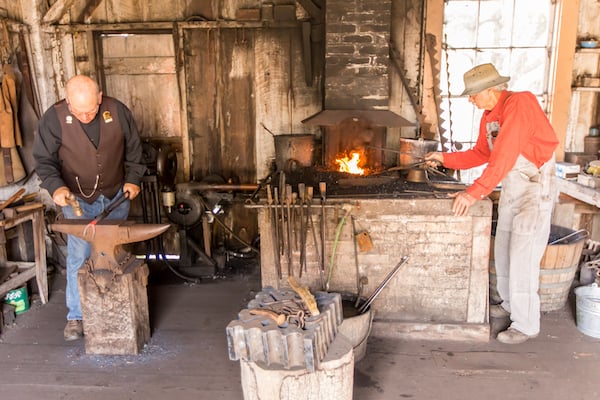
WILDER RANCH STATE PARK
During the late 19th and early 20th centuries, coastal dairy ranches proliferated along the coast. Get a glimpse of that era at this still-functioning, historic, waterfront ranch. The scenic property stretches 7,000 acres—from sandy shores to inland foothills—but its focal point is a cluster of restored farm buildings set amidst idyllic vegetable gardens and apple orchards. Explore a blacksmith shop, vintage machine shop, stables, and the Wilder family’s grand Victorian homes. Check their calendar for regular Living History days where costumed docents bring the ranch to life with family-friendly activities including candle-making, weaving, and leather stamping.
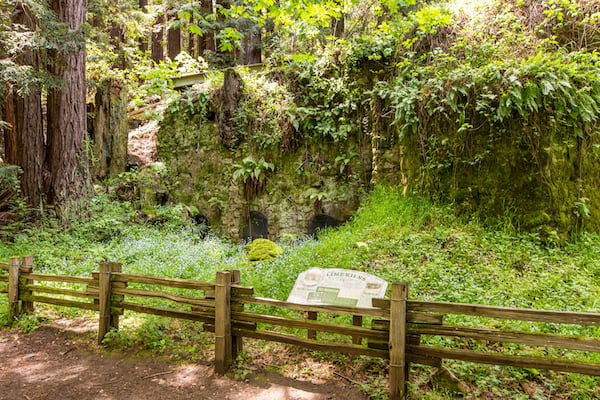
LIME KILNS IN THE POGONIP
It wasn’t just redwood logs that helped build burgeoning Bay Area cities during the 19th century. Lime extracted from limestone quarries served as an essential element for producing mortar and concrete. You can view the monumental remnants of this once budding industry within the Pogonip, a 640-acre hilltop nature preserve. Follow the Lime Kiln Trail into a redwood forest, and you’ll discover three massive stone furnaces—dramatically overgrown by moss and greenery—that processed the lime that helped build San Francisco.
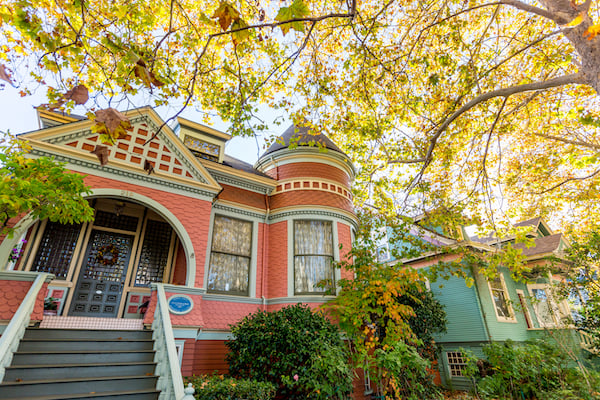
THE VICTORIANS OF WALNUT AVENUE
It’s not all surf shacks in Santa Cruz. Just a short stroll from the contemporary shops of downtown Santa Cruz, you’ll find some of the city’s most elaborate Victorian homes along the charming, tree-lined Walnut Avenue. Marvel at impeccably restored 19th century Queen Annes, Italianates, and Colonial Revivals—some illuminated with flickering gas lamps. Thanks to the Museum of Art & History, nearly all are labeled with informative blue plaques which state the home’s name and date of construction. For more detail, download a hugely informative walking tour map from the City of Santa Cruz.
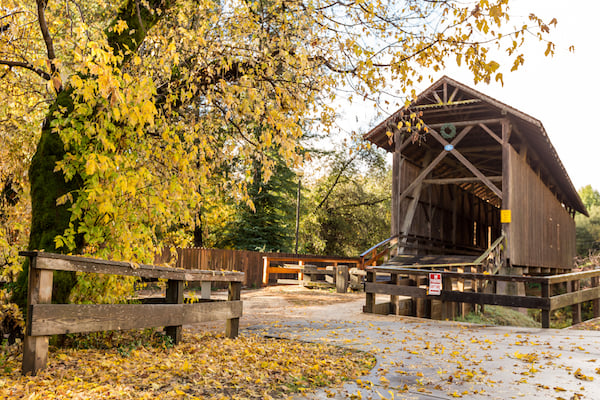
THE FELTON COVERED BRIDGE
The historic logging towns of the San Lorenzo Valley brim with reminders of their 19th century past, the most notable of which is Felton’s famous covered bridge. Built between 1892-93, the wooden bridge once served as the sole entryway to the town of Felton. At 80-feet, it’s thought to be the tallest covered bridge in the U.S., and is one of few remaining in the state. Today, the bridge is closed to vehicle traffic, but welcomes pedestrians to stroll its lengthy expanse across the San Lorenzo River. Pack a picnic and bring the kiddos; the bridge fronts a small park with playground and picnic tables.
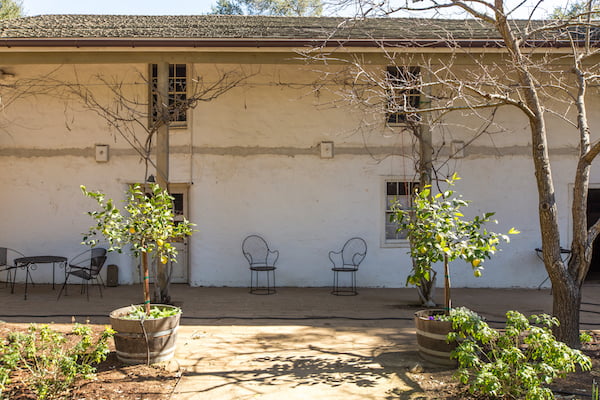
CASTRO ADOBE
Hidden in the quiet, pastoral Larkin Valley, the Castro Adobe offers a peek of the region’s Mexican rancho days. Built between 1848-1850, the two-story adobe structure was home to the Castro family, and the many swinging fandangos for which they were known. Today, it’s one of four adobes remaining in Santa Cruz County—and the only one with two floors. While it continues to be restored, Friends of Santa Cruz State Parks offers free monthly events where the public is welcome to tour the adobe and grounds, and participate in themed activities. Just don’t leave without seeing the “historic” graffiti, carved into the second-floor’s adobe walls over generations.
Updated April 2021


